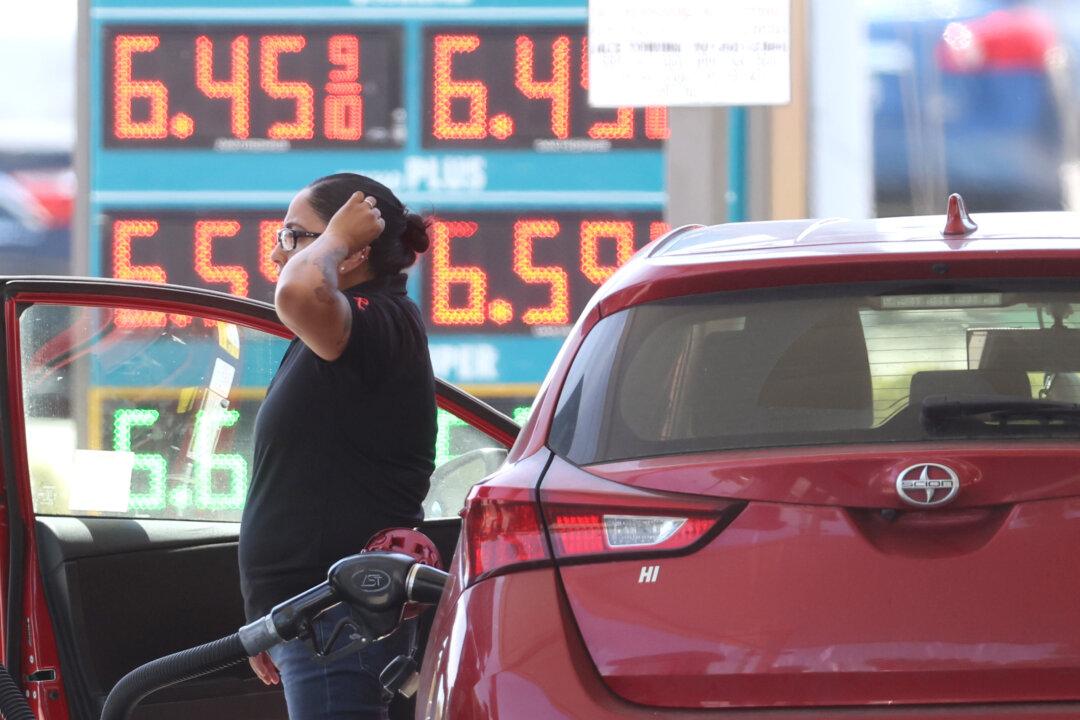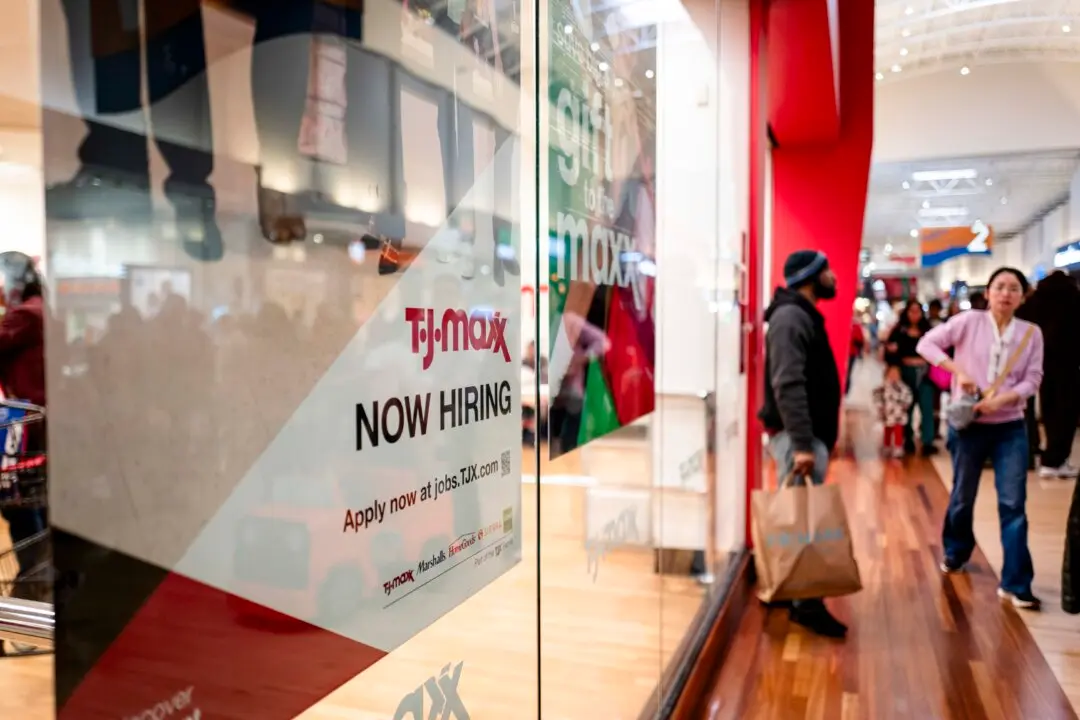For the first time since early March, the national average price for a gallon of gasoline is around $4, according to data from GasBuddy and the American Automobile Association (AAA).
Since peaking above $5 per gallon in June, prices have tumbled about 20 percent.





